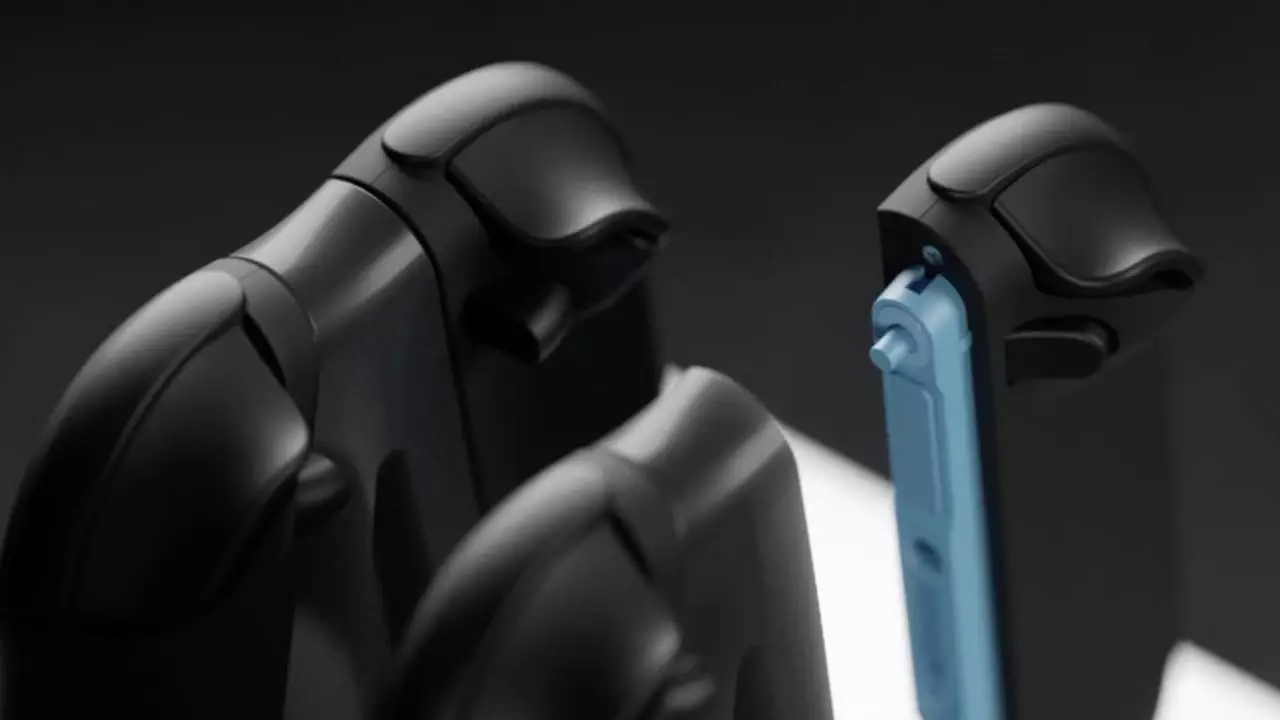In a striking demonstration of defiance, accessory maker Genki has openly showcased its upcoming accessories for the yet-to-be-announced ‘Switch 2’ during the CES 2025 event. This move is surprising, especially when considering the longstanding relationship between third-party manufacturers and platform creators like Nintendo. Genki’s co-founder and CEO, Eddie Tsai, recently sat down with The Verge to unveil intriguing details about the anticipated console, including innovative magnetic Joy-Con controllers that could redefine how users interact with their devices.
The new magnetic mechanism in the Joy-Con controllers is perhaps the most noteworthy advancement. Tsai described how pressing a release button located on the back of the Joy-Con activates a small pin, which detaches the controller from the main console by breaking the magnetic connection. This feature promises to offer a seamless user experience, allowing easy removal and attachment of the Joy-Con controllers. However, Tsai also issued a somewhat humorous warning regarding the potential for users to forcibly detach the controllers—advising against the practice, despite acknowledging that it might be possible to do so in certain situations. The emphasis on the strength of the magnetic bond speaks volumes about Genki’s commitment to creating robust accessories that can withstand the rigors of gaming.
One particularly intriguing aspect of Tsai’s interview is the questionable origins of his information about the ‘Switch 2’. While he declined to reveal the source of knowledge behind these details, speculation abounds. Industry insider Laura Kate Dale suggests that Genki might have even sourced a functional console from dubious market channels. Such a scenario raises significant ethical questions, highlighting the blurred lines between innovation and intellectual property rights in the gaming industry. Is it acceptable for a company to leverage potentially illicit avenues to gain insights that could benefit consumers? This situation inherently begs for more scrutiny about the practices within the gaming accessory sector.
When examined, Genki’s mock-up of the ‘Switch 2’ appears to take design cues more akin to the Steam Deck than the original Nintendo Switch. The design changes signal a shift towards a more modern aesthetic and functionality, although the current Joy-Con design does not boast the ergonomic traits that characterize the Steam Deck’s controllers. Interestingly, this seems to create a space in the marketplace for Genki, as they position their products for consumers weighing their options for the next portable gaming experience.
As anticipation builds for an official announcement from Nintendo, expected before the end of March 2025, Genki’s proactive approach and willingness to reveal critical details about the possible architecture of the ‘Switch 2’ set the stage for an interesting showdown. With innovative features like magnetic controllers on the horizon, the question remains: will these enhancements resonate with gamers already accustomed to the existing technology? As we look ahead, it will be vital for Nintendo to demonstrate how it can capitalize on new trends and consumer preferences in an increasingly competitive landscape. The fate of the ‘Switch 2’ may hinge on its ability to balance nostalgia with innovation, and for their part, Genki is clearly banking on the latter.

